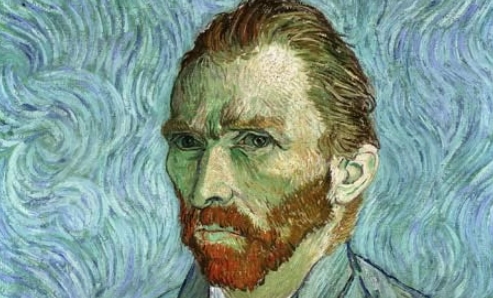Vincent van Gogh is one of the most prominent and revered artists in the history of Western art. His life and work continue to captivate art enthusiasts and historians alike, inspiring endless exploration and analysis.
Early Life and Influences
Van Gogh was born on March 30, 1853, in the Netherlands. Despite struggling with mental health issues throughout his life, he displayed a talent for art at a young age. He was deeply influenced by the Impressionist and Post-Impressionist movements, especially the works of artists like Claude Monet and Paul Gauguin.
Mysterious Artistic Vision
Van Gogh’s art is characterized by bold colors, expressive brushstrokes, and a sense of emotional intensity. He often used swirling, dynamic lines to create movement and depth in his paintings. His most famous works, such as “Starry Night” and “Sunflowers,” continue to be celebrated for their unique style and powerful emotional impact.
Tragic End and Legacy
Despite his artistic talent, van Gogh struggled with poverty, mental illness, and personal hardships throughout his life. In 1890, at the age of 37, he tragically took his own life. However, his legacy lives on through his powerful and influential body of work, which continues to inspire and move people around the world.
Exploring the Mystery
Van Gogh’s life and art are shrouded in mystery and intrigue, with many questions still unanswered about his motivations and inner turmoil. Scholars and historians continue to delve into his personal letters, diary entries, and artistic techniques in an effort to unravel the enigma of this complex and troubled artist.
In conclusion, Vincent van Gogh’s life and art remain a source of fascination and inspiration for art lovers and scholars alike. His unique style and emotional intensity continue to captivate audiences, and his legacy as one of the greatest artists of all time will undoubtedly endure for generations to come.


